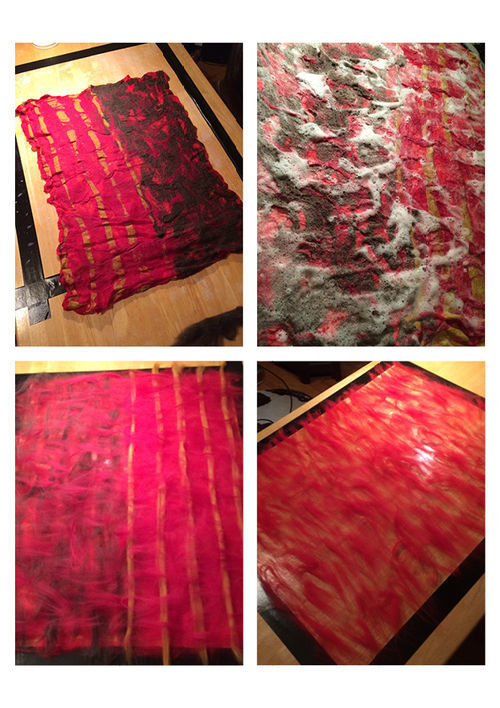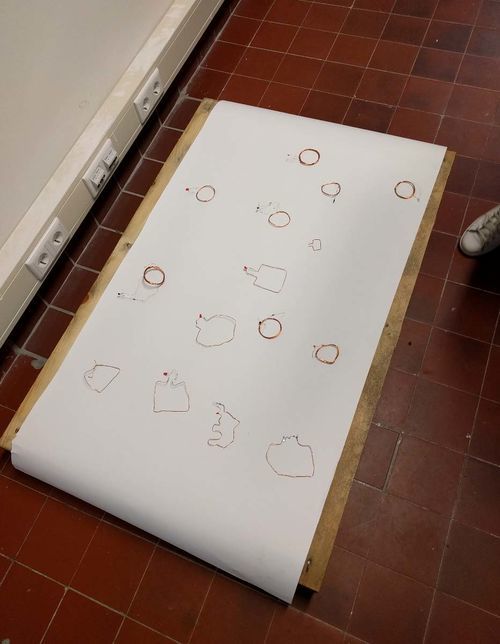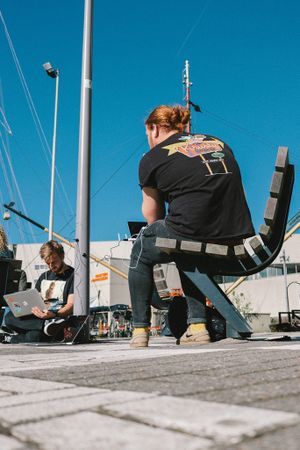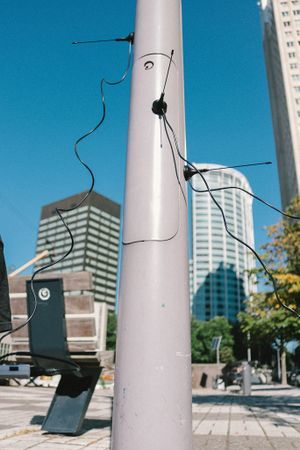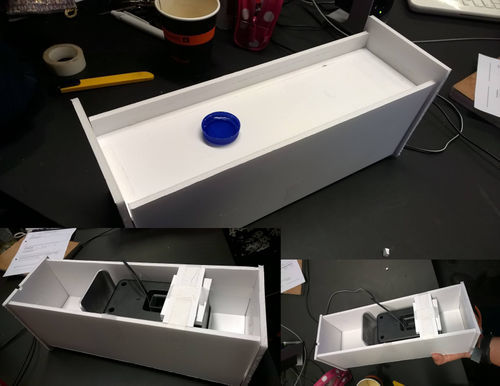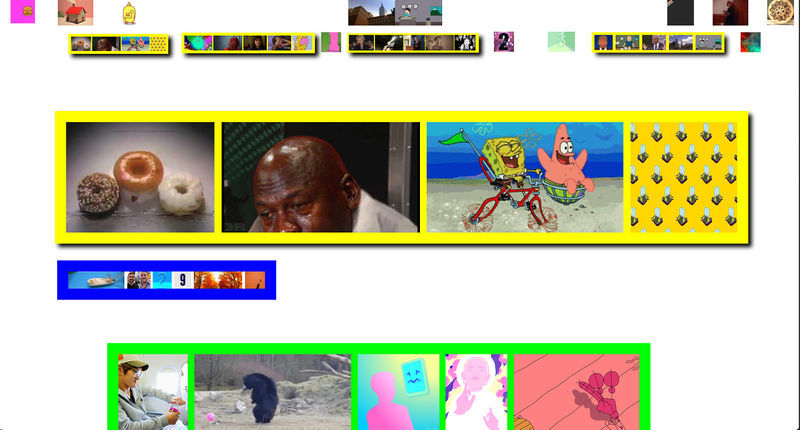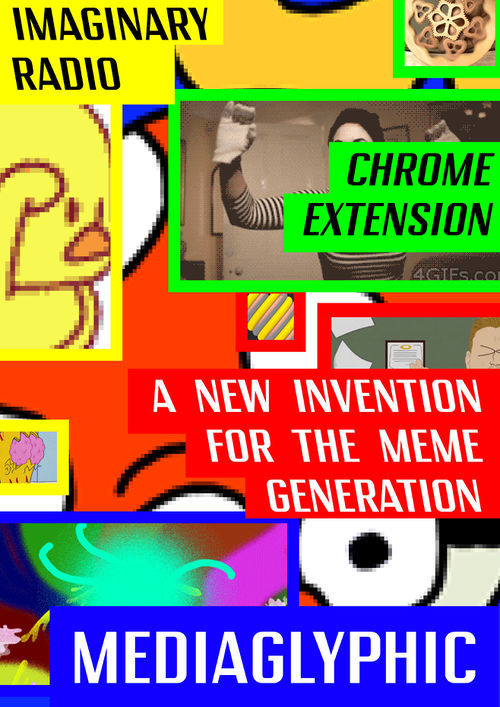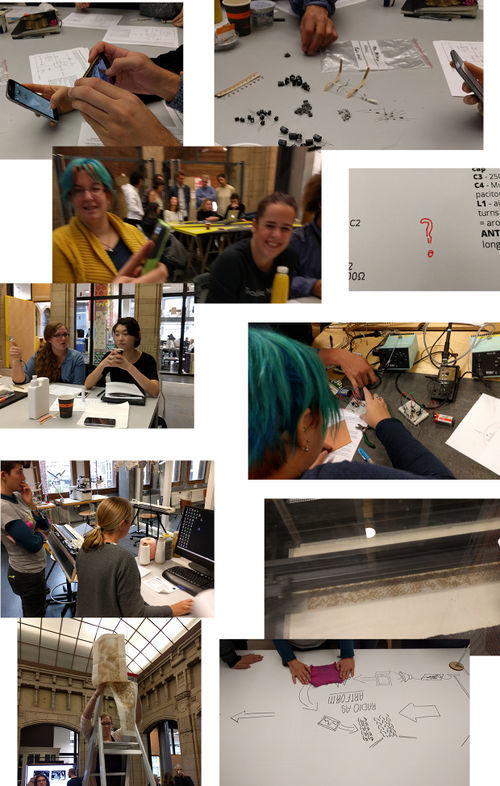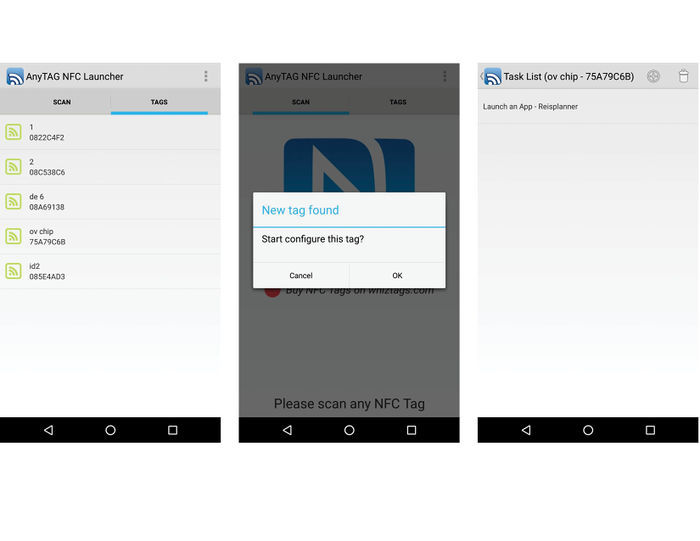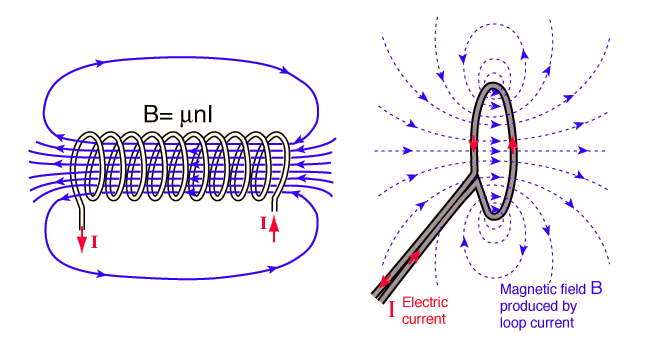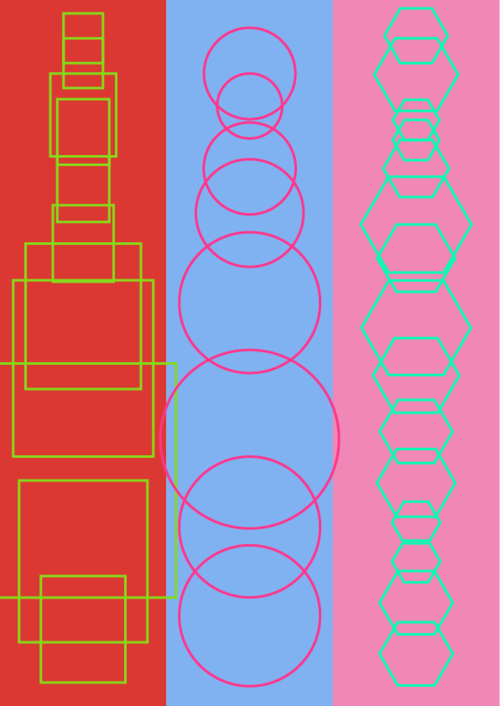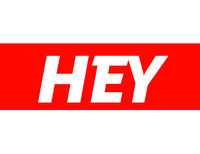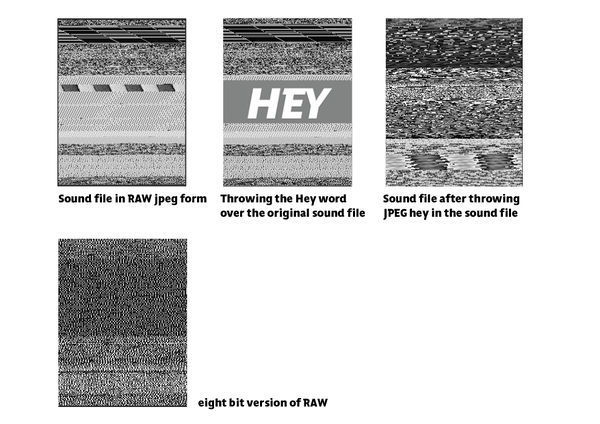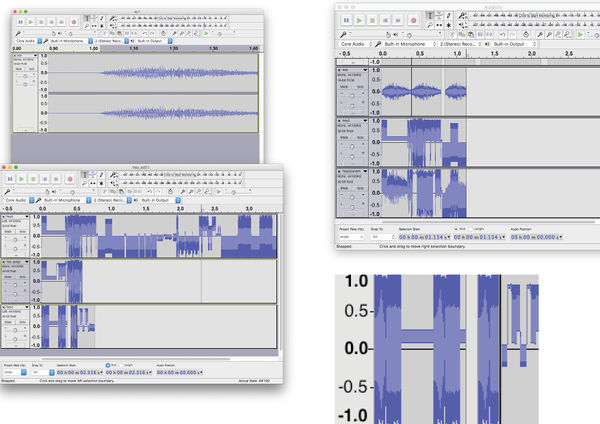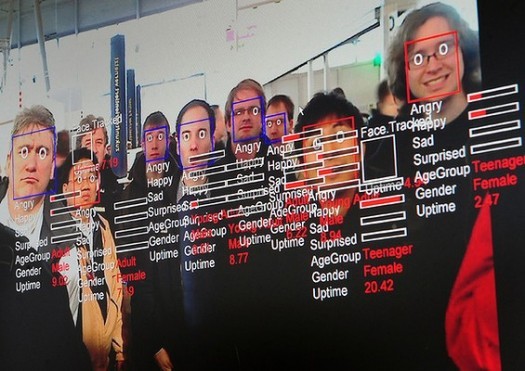Difference between revisions of "User:Jerryestie"
Jerryestie (talk | contribs) |
Jerryestie (talk | contribs) |
||
| Line 139: | Line 139: | ||
The human body can distort the reception of a tv or audio signal. For our project we wanted to create an interpretation of this phenomenon. We want to make an interactive poster/installation that is influenced by the emotional state/age/gender of the viewer. | The human body can distort the reception of a tv or audio signal. For our project we wanted to create an interpretation of this phenomenon. We want to make an interactive poster/installation that is influenced by the emotional state/age/gender of the viewer. | ||
| − | My research partner in this project is Naomi van Maasakkers | + | My research partner in this project is [[User:Naomimaria | Naomi van Maasakkers]] |
===Research Links=== | ===Research Links=== | ||
Revision as of 15:23, 21 November 2016
Contents
Main Information
Jerry Estié
0902472
0902472@hr.nl
Making is Connecting
For my second year project please look at Making is Connecting 2016
Quarter 9: Workshops & Assignments
Inspiration and Own Work
Breakfast Glove
One of my own projects together with Joëlle was the breakfast glove for paper strings and electronic things. We wanted to make a freeze frame high five device. A song will play when you high five each other, but only if you stand still during the song. Check the video here:Breakfast Glove
Dunes
Studio Roosengaarde's Dune Project was a project here in Rotterdam with lights that responded to users walking next to them.
Antenna
Radio Experiments
Part 1
With the tuner I had the idea of trying to find 'weird' noises and translating them into more humane sounds. So instead of looking for actual voices, I wanted to create them myself. I tried to do this with the program Audacity, using effects like Pitch etc.
Original Sound File: First Test & Edited Sound File: First Test
The first test I mostly played with pitch, I tried to remove the static and see if that created a human feeling. It didn't, in my opinion. Instead it just sounded more flat.
Original Sound File: White Noise & Edited Sound File: White Noise Talking
Next, I tried to find a weak signal, where maybe you couid almost here a conversation but would be too confusing. It already begins to sound more human, yet some stretches of the 'conversation' have this glitchy sound to them that I couldn't get rid of. But just removing the noise and changing the pitch really helped.
Original: Noise & Edited: Noise in Deep Space
This was a 'happy accident'. Trying to make this noise more human I instead got the sound of a starship in deep space... I changed the pitch to a very low sound and changed the speed of the noise. This, together with messing around with the bass and treble (I was actually trying to decrease the bass) got this humming space sound.
Part 2
For the second workshop week we went outside to try and pick up some more signals. At first it was hard to find anything but eventually we were able to find two truckers communicating with each other. The conversation was very casual with some mentions of dissapointing children.
Workshop with Jon
During this workshop we switched ideas around the table to the group in front of us. In our case, we first came up with the idea to create a sort of souvenir that allowed you to connect to the country of the souvenir through NFC or another connection method. Our given instructions were to make a device that changes sound into water waves. By connecting a speaker underneath foamboard we were able to make the sound move, either by music or voice call (on max volume)
Imaginary Radio Assignment
Introduction
For the assignment I worked together with Naomi van Maasakkers. For inspiration we decided to look into the past instead of into the future and looked up a database of sci-fi devices in books from the 40s to the 70s. We used the site Technovelgy for this.
Mediaglyphic
After looking at several options, me and Naomi decided to go with the "mediaglyphic". A device for people not bothered to learn how to read: Translating words into pictures. In a way, this is happening right now on the web: A lot of information is distilled into quick headlines with 1 image, since nobody seems to take the time to sit down and read something anymore. From the 10-second time limit on Snapchat (which dissappears afterwards) and 140 characters-news on Twitter.
Mediaglyphic in the internet age
We decided to combine this new era with the idea of the mediaglyphic by creating a web plugin that changes news articles to articles in GIFs. Each new color represents a new sentence and headlines are bigger than normal text. All GIFs were found by using giphy.com's search for the word that's displayed. We also made a poster together. We used a New York Times Article as an example.
Website
The website can be found here: http://imaginaryradio.businesscatalyst.com/index.html
Poster
A moving poster can be found on: https://indd.adobe.com/view/f63629f0-bda2-4a7d-a21f-695524848298
Workshop with MICA
...one early tuesday morning we were put into mixed groups of WdKA and MICA students. I was in the group post-radio aesthetics. We started our morning by splitting the group into different parts: Builders and concept. The builders were on their way to build the given the device while the rest of us were put in several other groups but in the end we all just decided to go by the name 'conceptual group' ;). There we came up with the idea (after sparring across a few ideas) to try and make radio waves a tangible object, while keeping it's visual experience. First, we used a hand-built radio receiver to record a radio sound. Next, we opened that sound file in Photoshop and converted it into 6 different images. For one of the objects we used fabric and the lasercutter: The lasercutter was used to engrave unto fabric the 6 radio imagery parts. The other technique was knitting (an old friend from Q7 assignment last year!) where we used the bitmap to create 2-color knitting pattern.
Though in the end the engraving worked well, in hindsight I would have loved to spend a full week on this assignment to get the full potential out of this assignment. We used a lot of 'conversion' (Record audio> open audio in photoshop > save as different format) and this meant that everything was sort of 'planned'. In my own vision I would have loved to see this signal being picked up by software or hardware that we created and would convert this to imagery in real life without any manual labour from our part. I sort of had a plotter in mind for this, but again, time constraints.
Another idea was to use the knitted material and make it a video that shows the timeline of audio moving along with the knitted scarf, showing the visual and audio at the same time would make it easier to understand what these visuals meant (in my opinion.)
All in all a fun day and morning, I have kept contact with a few students as well and maybe we'll work together again in the future!
Quarter 10: Own project (Pre-Research)
Early Thoughts
For Quarter 10 and this project in general I haven taken an interest in NFC. This, relatively, new technology. In fact, I want to explore this very specific part of NFC products: The 'toy to life' Industry. Several major brands have been releasing these toys over the years that have NFC chips embedded in them. What these chips do is bring a toy into a video game world. While I have no interest to own these toys myself, I have always found them interesting. Especially the marketing and thoughts behind them that is being communicated to kids. The idea of a living 'thing' inside your toy coming to life is of course very exciting.
I got inspired by the project of Boris and company (sorry, don't know everyone's name) with the sound recording of different technologies. I want to try and recieve this audio of an NFC chip inside this figure and find a way to automatically change this electronic sound to a more 'living' or 'organic' sound. To basically give this idea of actual 'life' inside these toys. This is jut my initial idea and I hope that during the coming weeks it will expand as I learn more and more about this technology.
Checking out NFC tags
By using the app Any NFC Launcher on Android you can see the ID tag of NFC cards. By using this app you can launch a certain app when you connect an NFC card like your OV chip card. One weird discovery is the Dutch Identity Card: It seems to send out weird NFC ID codes, and it's almost impossible to pick up the same one. I've had 6 different codes so far but haven't gotten the same one twice?
Random Bits
Tracking the amount of times an NFC tag is used
Changing Direction
NFC doesn't seem to hold my interest anymore, the more I know about it the less I like it. I decided to do something else for Q10. I have two reasons for this. One of the reasons for doing so is that I want my digital craft project to fit within my practice of graphic design. The second is that I like the idea of turning sound into imagery (coming back to graphic design). I developed this change of thought during the workshop with the MICA students, where we worked on the post-radio aesthetics. The week after I talked to Roel with a (badly explained) idea.
Finding each other through radio
The idea was from during the workshop, altered a bit. I wanted to make a sort of hide & seek game where the only way of finding each other was through a FM transmitter and receiver. Each person sends out a different (sounding) signal. At the end of the game you get a 'report' (this is where the graphic design comes in) of how close to each person you were: Just like each person had their own sound, they will also have their own shape for a pattern. If people stand in a certain radius next to each other, the geometric shapes will come out of their color area and into the person's color area. In the end I thought maybe it could also work more as an installation where people are actually aware of their position to each other and can see the patterns being generated on a screen, this way they can make the art themselves (maybe choose your own geometric shape/color too? So in a way this can work in two ways:
Hide and seek:
Blindfolded using only sound to find each other, with a report of sorts at the end showing your progress.
Making a design together:
Not blindfolded and aware of the shapes being made, this would be more of an installation where you can see the shapes you make and can move around to see how the design changes.
Jpeg to Audio, Audio to Jpeg
After making the choice of trying to connect this quarter more to my graphic design practice I played around with the idea of trying to make an image with the word 'hey' into an audio file that says hey, and do it vice versa going from audio to a jpeg. While audio to jpeg is still unknown to me, I 'sort of' managed to at least get an H with the jpeg to audio tests.
Hey
Audio to imagery example
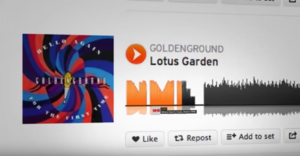 NME Soundcloud Commercial: https://www.youtube.com/watch?v=SSgFquXRkV4
NME Soundcloud Commercial: https://www.youtube.com/watch?v=SSgFquXRkV4
Quarter 10: Facial Recognition and emotions
Concept
The human body can distort the reception of a tv or audio signal. For our project we wanted to create an interpretation of this phenomenon. We want to make an interactive poster/installation that is influenced by the emotional state/age/gender of the viewer.
My research partner in this project is Naomi van Maasakkers
